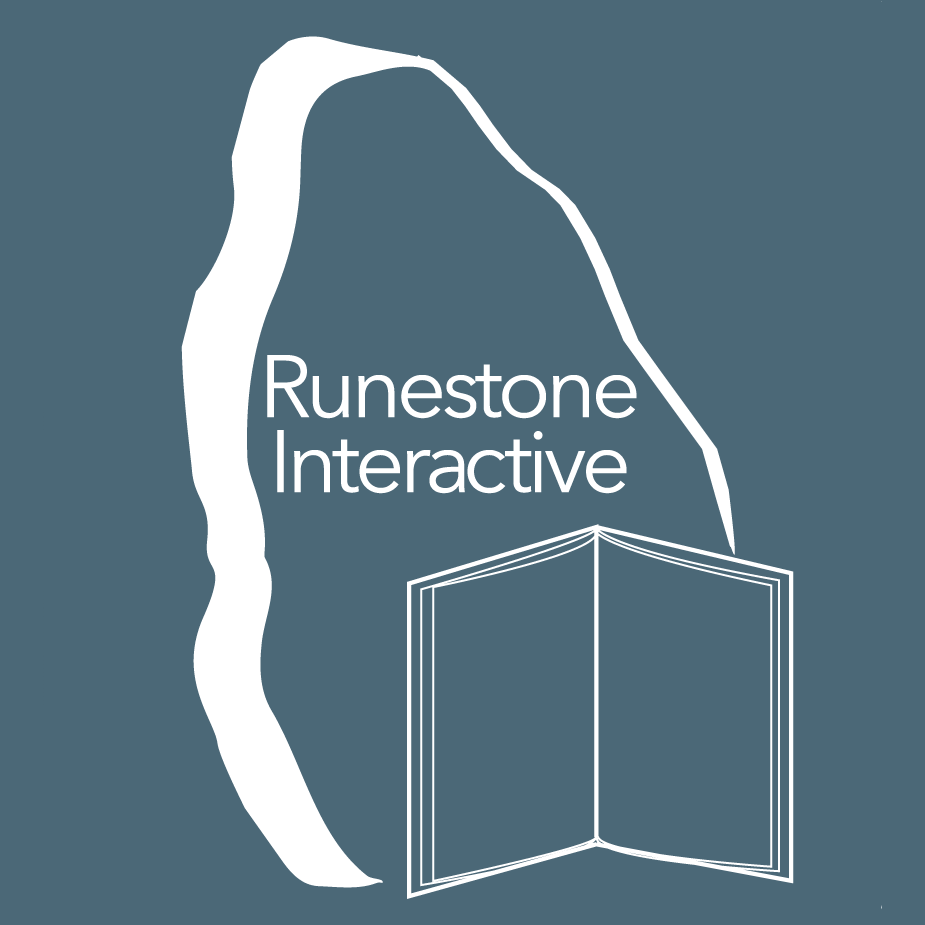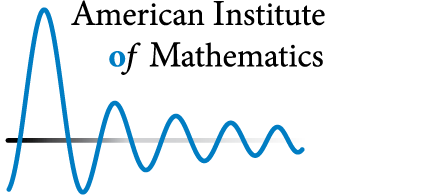The PreTeXt Guide
The PreTeXt Guide is the very best place to learn about the PreTeXt vocabulary and the associated project and community. It contains a basic introduction and parts for authors, publishers and developers, in addition to a reference section of common constructions.
Quick Start
If you are very impatient, there are minimal instructions at the Quickstart page.
Démarrer avec PreTeXt est un guide de démarrage rapide en Français pour Mac et Windows.
Quick Reference
“quickrefs” are short collections of reminders and examples to consult for details of constructions you’ve forgotten how to do exactly. They are meant to be printed onto a single sheet of paper (possibly two-sided).
- PreTeXt Authoring Quick Reference, Tom Judson, et alia.
- PreTeXt Command Line Interface (CLI) Quick Reference, Oscar Levin, Tom Judson, et alia.
Video Quick Starts
Or, see the videos, courtesy of Karl-Dieter Crisman in the Getting Started Videos section at the bottom of this page. For Linux/SageMathCloud, Mac, and Windows, these will take you from zero, to completing your first project, in under 30 minutes.
Sample Article
While the PreTeXt Guide is evolving, the sample article tries to contain one example of everything, along with some commentary about use. So it can be used for testing and as a substitute for real documentation. But it is kept up-to-date so is always an accurate reflection of current behavior. So while it can look like a real mess, you can still learn from it.
Look for the regularly updated sample article in the middle of the Examples page next door. You will see both HTML and PDF output there, along with a link to the source. And look for a special version of the online output that is annotated with pieces of the PreTeXt source. Of course, there is a copy of the source in the PreTeXt distribution in the examples/sample-article directory.
Showcase Article
Strictly speaking, ths is not documentation, but if you like working off examples, it could be useful.
Look for the regularly updated Showcase Article in the middle of the Examples page next door. You will see both HTML and PDF output there, along with a link to the source. Of course, there is a copy of the source in the PreTeXt distribution in the examples/showcase directory.
RELAX-NG Schema
A RELAX-NG Schema is a formal specification of the tags and attributes of an XML vocabulary, and the relationships among them. So this is the very heart of PreTeXt, as everything else begins here. You can read the documented version, find various versions in the schema directory, or use the convenient online browsing interface listed third below.
- Online PreTeXt Schema Browser, by Jason Siefken and other contributors. Visit the "All Tags" section for a comprehenive list of elements.
Git for Authors, by Rob Beezer and David Farmer
Writing a book without revision control is like driving a car without a seatbelt. When something bad happens, the damage will be lessened. And more importantly and positively, git allows anyone to easily contribute suggestions or corrections to your writing, if you host your source on GitHub.
The power of git comes with a steep learning curve. We hope this book helps, and especially since it is illustrated with examples that will make sense to authors, and stays away from the aspects of git designed specifically for writing software. Of course, PreTeXt source works well within git, by design.
Hosted on GitHub, naturally. Send us a pull request.
Getting Started Videos
Karl-Dieter Crisman has made an excellent set of three videos which will take you from starting with next to nothing, to authoring a simple article and building both a PDF and a website (HTML version) of the article. Hover on each one and see a “pop-out” button in the upper-right. That will put you into a new browser window that you can go full-screen with and continue navigating this site.
SageMathCloud (Ubuntu Linux)
SageMathCloud only requires that you have a web browser, so is a really easy way to get started. This will be Ubuntu Linux, so this doubles as a Linux command-line video if that is your chosen OS.
Use “pop-out” button (in the upper-right while hovering) to make this larger and/or full-screen, and to allow you to navigate the rest of this site while you watch. Refresh the page if you have already started the video playing. (December 2016)
Mac
Use “pop-out” button (in the upper-right while hovering) to make this larger and/or full-screen, and to allow you to navigate the rest of this site while you watch. Refresh the page if you have already started the video playing. (December 2016)
Windows
Use “pop-out” button (in the upper-right while hovering) to make this larger and/or full-screen, and to allow you to navigate the rest of this site while you watch. Refresh the page if you have already started the video playing. (December 2016)








